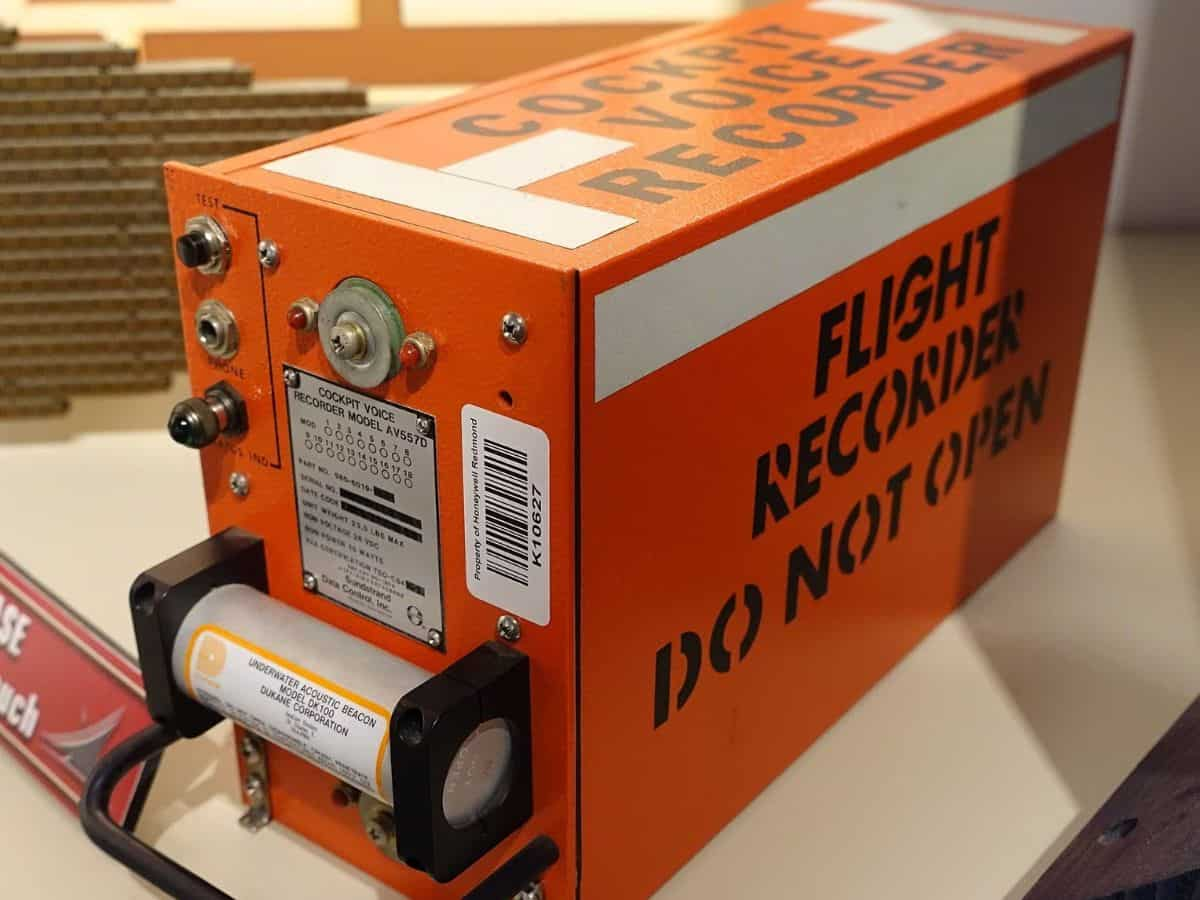Ahmedabad Plane Crash: An Air India Boeing 787-8 Dreamliner carrying 242 people crashed immediately after take-off from Ahmedabad airport on Thursday afternoon, June 12, 2025. The aircraft, operating as Flight AI-171 from Ahmedabad to London Gatwick, fell suddenly into a residential complex near BJ Medical College, killing 241 people on board. There were 230 passengers, 10 crew members, and two pilots on the flight. One person, the passenger of seat No. 11A, survived the crash, officials said. According to officials, the person is a British national of Indian origin who was seated in 11A and is currently undergoing treatment at a local hospital. The crash is being described as one of the worst aviation disasters in Indian history.
Following the tragic incident in Ahmedabad, a formal investigation has been initiated by the Aircraft Accident Investigation Bureau (AAIB), in line with international protocols set by the International Civil Aviation Organization (ICAO). The ill-fated Boeing 787-8 Dreamliner had issued a distress call moments before losing altitude, and investigators are now focused on the cockpit voice recorder and flight data recorder, which are commonly known as black boxes, to reconstruct the final moments of the flight. Let’s find out what a black box is, what makes it crucial evidence during a plane crash, and primarily, why a black box is orange.
What is black box?
The black box is an orange-coloured object consisting of Flight recorders that store data (aircraft parameters) and sound (pilot, copilot, radio communications, and the cockpit ambient noise). It simply contains two parts: the Cockpit Voice Recorder (CVR) and the Flight Data Recorder (FDR). The CVR records radio communications, captain and crew member conversations, and noises such as engine sounds or stall alarms, allowing experts to study important audio signals.
The FDR tracks a minimum of 88 variables, such as altitude, airspeed, and direction of travel, with contemporary aircraft monitoring as many as 1,000 features, like flap lever positions or smoke detector activation, reports the National Transportation Safety Board (NTSB). The recording device is crash-protected up to a certain level. It is resistant to fire, explosion, impact, and water immersion.
Why was black box made?
Learning lessons from accidents and serious incidents is one of the foundations of aviation safety and an ethical necessity to prevent recurrence. Accident recorders were developed to understand what happened and why, therefore determining how to prevent the scenario from happening again.
Why is black box orange rather than black?
The black box is ironically an orange coloured object. To understand the concept of why it is orange in colour instead of justifying its name, we have to get into the history of where it all started. The origin of flight recorders traces back to the 1930s, when the French engineer François Hussenot began working on a data recorder equipped with sensors that optically projected around ten parameters onto a photographic film.
This film ran continuously in a light-tight box, hence the name ‘black box’, which has survived over the years, even though the equipment is orange rather than black. Orange was its chosen colour from the outset, as it makes it easier to identify the metal case.
Why is black box orange?
A black box is orange in colour for visibility. It is a critical component that records flight data and cockpit communication. They are orange in colour so that they can easily be found among the wreckage. They are constructed from titanium or stainless steel to survive high-impact crashes, fires, and 14,000-foot deep-sea pressure. The FDR is usually installed in the aircraft’s tail, and the CVR in the cockpit. On helicopters, a single combined recorder monitors 800–1,200 parameters, reports according to Airbus.
How black box hold important evidence in airplane crashes?
Flight recorders, or black boxes, help investigators understand exactly what happened before a crash. They provide a detailed, step-by-step account of events in the cockpit and with the plane’s systems. These recorders are like DNA evidence in court cases; they give a clear and unbiased picture of what happened, even if there are no witnesses.
Black box data has been crucial in solving many big plane crashes around the world, like the 2015 Germanwings crash and the Malaysia Airlines incidents. In India, the investigation into the 2020 Kozhikode crash used these recordings to figure out what the pilots did and what the runway conditions were like during the failed landing.
Often, these devices are the only reliable source of information when there are no survivors or when physical evidence is damaged or unclear. By analysing the flight recorders, investigators can not only determine the cause of the crash but also make changes to improve safety across the industry.
This has led to new training protocols, changes in aircraft design, and other safety improvements that have prevented many future accidents. As search teams look for the black boxes among the wreckage, these orange recorders hold the key to understanding what went wrong and how to prevent similar tragedies in the future, where 242 lives were at risk.
Anurag Dhole is a seasoned journalist and content writer with a passion for delivering timely, accurate, and engaging stories. With over 8 years of experience in digital media, she covers a wide range of topics—from breaking news and politics to business insights and cultural trends. Jane's writing style blends clarity with depth, aiming to inform and inspire readers in a fast-paced media landscape. When she’s not chasing stories, she’s likely reading investigative features or exploring local cafés for her next writing spot.






